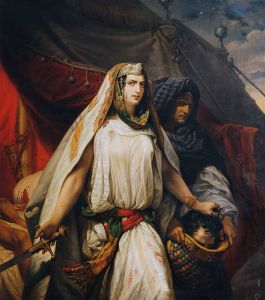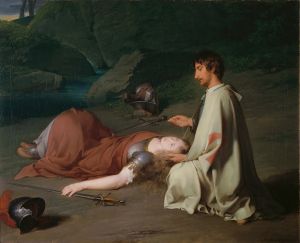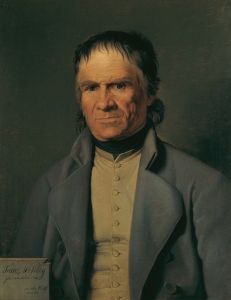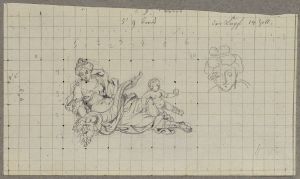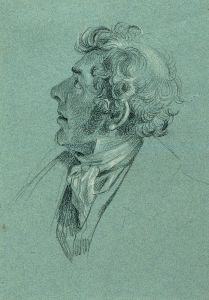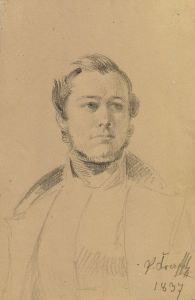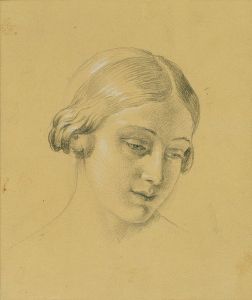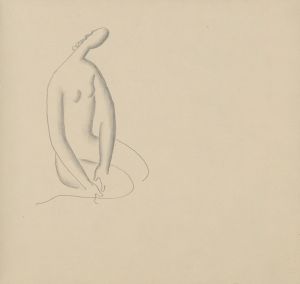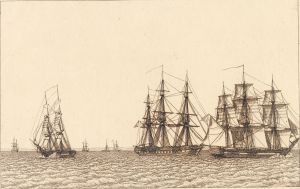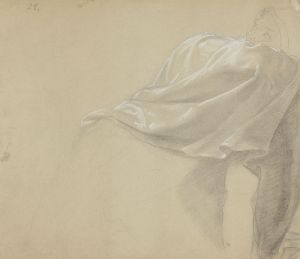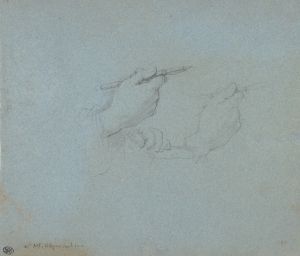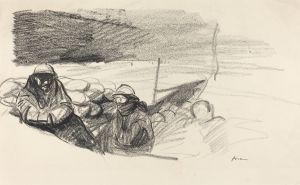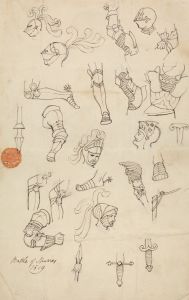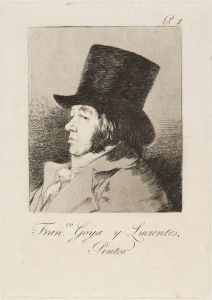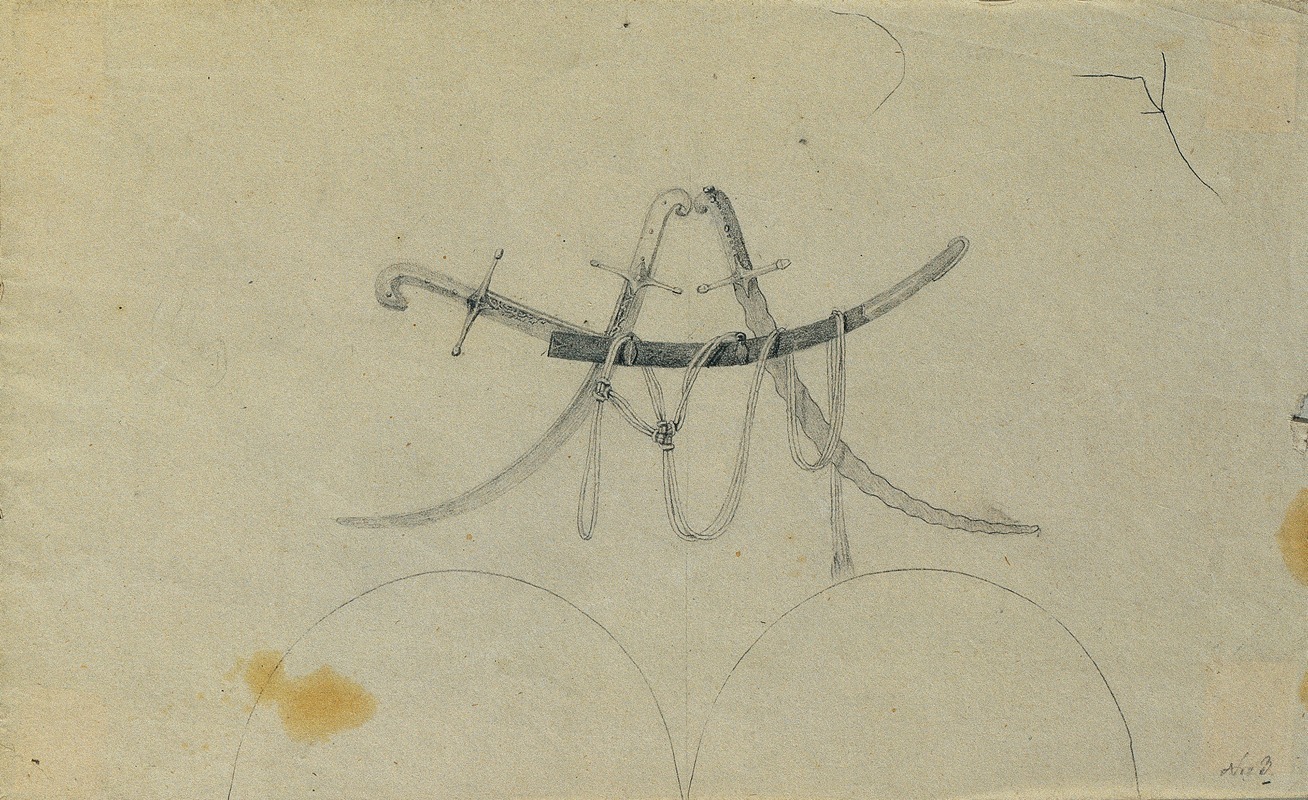
Studie mit Säbeln
A hand-painted replica of Johann Peter Krafft’s masterpiece Studie mit Säbeln, meticulously crafted by professional artists to capture the true essence of the original. Each piece is created with museum-quality canvas and rare mineral pigments, carefully painted by experienced artists with delicate brushstrokes and rich, layered colors to perfectly recreate the texture of the original artwork. Unlike machine-printed reproductions, this hand-painted version brings the painting to life, infused with the artist’s emotions and skill in every stroke. Whether for personal collection or home decoration, it instantly elevates the artistic atmosphere of any space.
Johann Peter Krafft was an Austrian painter known for his historical and genre scenes, as well as portraits. He was born on September 15, 1780, in Hanau, Germany, and later moved to Vienna, where he became a prominent figure in the art scene. Krafft studied at the Academy of Fine Arts in Vienna and was influenced by the works of Jacques-Louis David and other neoclassical artists. His style is characterized by a meticulous attention to detail and a strong sense of composition.
"Studie mit Säbeln" (Study with Sabres) is one of Krafft's works, although specific details about this particular painting are scarce. The title suggests that the painting involves a study or depiction of sabres, which are curved, single-edged swords historically used in cavalry. Such studies were common among artists of the time, who often created detailed sketches or paintings of weapons, armor, and other military paraphernalia as part of their exploration of historical and military themes.
Krafft's oeuvre often included military subjects, reflecting the turbulent times in which he lived. The Napoleonic Wars and the subsequent reshaping of Europe provided a rich backdrop for artists interested in depicting historical events and military life. Krafft's works often captured the heroism and drama of these events, and he became known for his ability to convey emotion and narrative through his art.
While specific information about "Studie mit Säbeln" is limited, it is likely that the work reflects Krafft's interest in military themes and his skill in rendering detailed and accurate depictions of historical subjects. His paintings often combined elements of realism with a neoclassical approach, emphasizing clarity, order, and harmony.
Krafft's contributions to art were recognized during his lifetime, and he held several prestigious positions, including director of the Belvedere Gallery in Vienna. His works were well-regarded for their historical accuracy and artistic quality, and he played a significant role in shaping the development of historical painting in Austria.
Despite the lack of detailed information about "Studie mit Säbeln," Krafft's legacy as an artist is well-established. His paintings continue to be studied and appreciated for their technical skill and historical significance. Krafft passed away on October 28, 1856, in Vienna, leaving behind a body of work that reflects the artistic and historical currents of his time. His influence can be seen in the works of later artists who sought to capture the essence of historical events and figures with the same level of detail and narrative depth.





